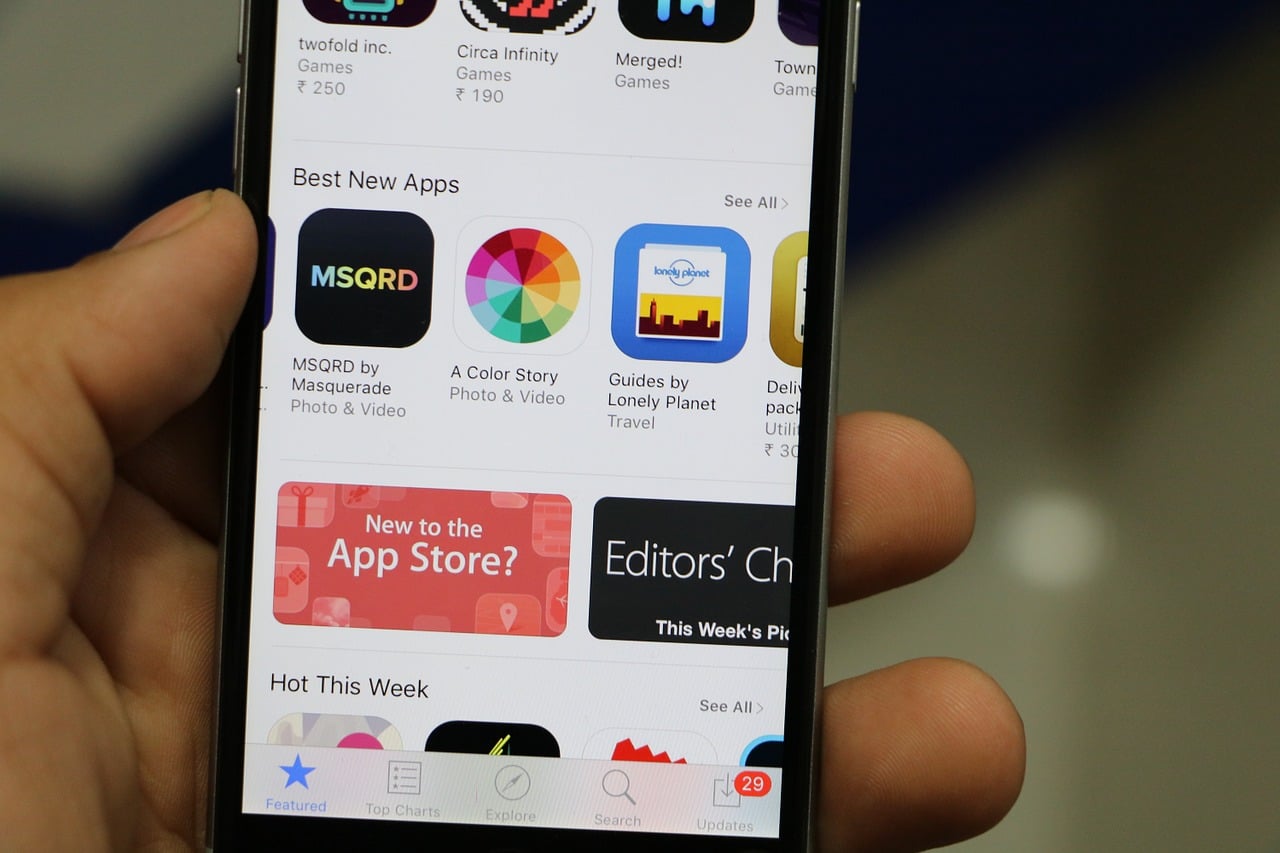Apple’s iOS App Store and Google’s Play Store are the world’s most dominant app stores. According to Bloomberg, consumers spent more than $100 billion on purchases through these app marketplaces in 2018. The Apple App Store accounts for 45% of that while the Google Play Store handled about 25%. And they take up to 30% cut on the app sales.
Mobile market analytics firm Sensor Tower has revealed how much consumers spent through the iOS App Store and Google Play Store during the first quarter of 2019. The data shows that Apple and Google control more than 95% of the US mobile app spending by consumers. No wonder regulators are questioning their duopoly.
App Store vs Google Play Store: The average revenue of top publishers
Sensor Tower looked at the average revenue generated by the top 100 app publishers on the App Store and Google Play Store. Unsurprisingly, the top 100 publishers on the App Store made 64% more money on average than those on Google’s platform during the January-March quarter.
The top 100 developers on the App Store generated an average gross income of $83.8 million compared to $51 million for the Play Store’s top 100 publishers. They generated a combined average of $130.4 million in consumer spending.
Sensor Tower data also shows that the total revenue of the top 100 developers has grown at a compound annual growth rate of around 31% between the first quarters of 2014 and 2019. The App Store’s growth rate was 31.3%, marginally higher than 31.2% for the Play Store. Over the five-year period, the total revenue for top apps in the App Store went up by 291% compared to 289% increase for the Play Store.
Revenue from non-gaming apps
The top 100 non-gaming apps in the App Store made an average of $23.3 million last quarter. By comparison, the non-gaming revenue of Play Store publishers was just $7 million on average. While the difference is staggering at 232%, it has come down from 363% in the corresponding quarter of 2018.
The non-gaming app revenues for the Play Store jumped 44% from Q1, 2018 to Q1, 2019, helping it close the gap with the App Store, which saw a 30.5% rise in the same period. It indicates that Android users are more willing to spend money on apps than before.
But if you look at the five-year period from Q1, 2014 through the first quarter of 2019, the average non-gaming app revenue on the App Store has grown at a compounded rate of 56.1%, faster than 50.9% for the Play Store.
Gaming app revenues
According to Sensor Tower, both Android and iOS users spend tons of money on gaming apps. But the Play Store still lags behind the App Store. The top 100 game publishers on the iOS App Store generated $70 million on average, which is about 48% higher than $48 million for the Play Store.
Sensor Tower said the “difference in average spending between the App Store and Google Play was the closest here.” Gaming apps are a lucrative source of revenue for app stores as well as developers. Over the last five years, the average gaming app revenue for the top 100 publishers on the Play Store has growth at 30.2% compound annual rate, faster than the App Store’s 27.9%.
Conclusion
Though Android has about 85% of the global smartphone market, Apple’s App Store generates much more revenue than the Play Store. Sensor Tower points out that the revenues are for gross amounts. The Play Store revenue figures don’t include the income from China, where the Play Store is not available.
In recent months, app developers have expressed frustration over the 30% cut taken by Apple and Google on app sales. They have accused the two tech giants of indulging in an exploitative duopoly. Developers have no other option but to work with them to reach smartphone users.
In their defense, the two companies have highlighted that they take extra care to remove malicious software and fake apps from the respective platforms. They also give developers access to billions of smartphone users. Both Apple and Google are facing antitrust investigation, which could force them to change the business model of their app stores.





